25 Easy and Fun Spring Nature Activities for Kids
Unleash the fun with our 25 easy and fun spring nature activities for kids. Discover how these outdoor adventures can nurture your child's growth and development.

Play. Learn. Thrive.™ only endorses products we authentically love and use. Some of the product links in this post may be affiliate links. That means that if you click them and make a purchase, this site makes a commission. Play. Learn. Thrive.™ is also an Amazon Associate. As an Amazon Associate, we earn from qualifying purchases. It will have no impact on the price you pay or the experience of your purchase.
Happy spring, friends! A new season is starting to blossom. I’m Alanna Gallo, a former teacher with a master’s in education who saw firsthand how kids were losing confidence, independence, and their natural love of learning. I left the classroom to help parents raise curious, capable, and screen-conscious kids in a world that doesn’t make it easy.

My work has been featured in major media outlets, and I’m here to give you real, research-backed advice—without the guilt trips or unrealistic expectations.
Spending time in nature isn’t just about getting fresh air—it’s an essential part of childhood development. From boosting creativity and problem-solving skills to supporting emotional resilience, nature play offers kids the opportunity to explore, discover, and grow. Whether you have access to sprawling forests or a small backyard, making outdoor time a priority benefits your child in ways that go far beyond the moment.
What is a Nature Activity?
A nature activity is any outdoor experience that encourages kids to engage with the world around them. It can be as simple as having a snack on a picnic blanket in your backyard or as immersive as tracking animal footprints on a hiking trail. The key is getting outside—soaking in the sights, sounds, and textures of the natural world.
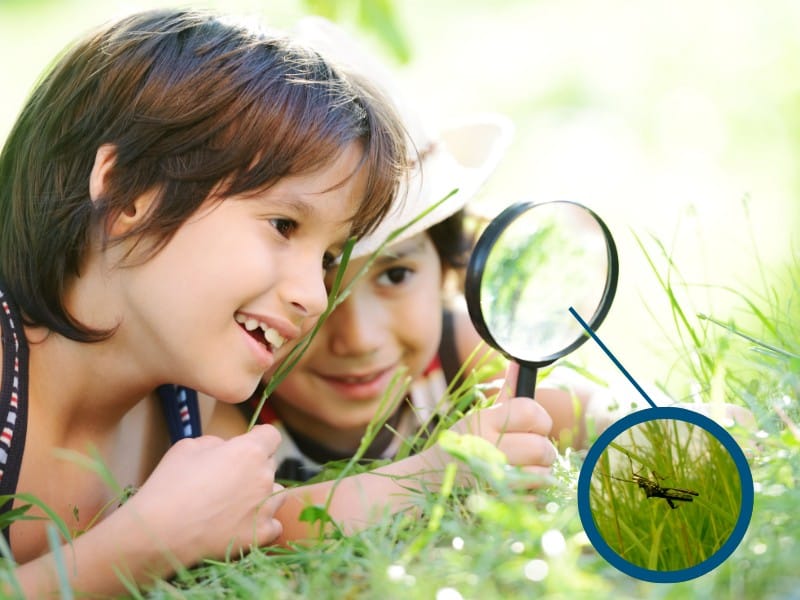
Why Nature Play is Essential for Childhood Development
Nature play isn’t just fun—it’s fundamental. Research consistently shows that time spent outdoors:
- Encourages physical activity – Running, climbing, and exploring build strength, coordination, and gross motor skills.
- Improves mental well-being – Fresh air and movement help reduce stress and anxiety while boosting mood.
- Supports sensory development – Natural elements like wind, dirt, water, and plants engage all five senses in a way that screens and structured toys can’t.
- Enhances problem-solving skills – Whether figuring out how to cross a stream or building a fort with sticks, nature play challenges kids to think critically and adapt.
- Develops self-regulation and patience – Outdoor exploration requires observation and perseverance, key skills for emotional resilience.
- Fosters independence and confidence – Navigating outdoor environments allows children to assess risk, make decisions, and develop a sense of accomplishment.
- Strengthens family bonds – Shared outdoor experiences create lasting memories and meaningful family connections.
- Boosts creativity and imagination – Unstructured nature play allows children to invent games, build, and explore freely, fostering creative thinking.

50 Simple Screen-Free Learning Activities for Curious Kids
These 50 hands-on activities help children develop problem-solving skills, creativity, and real-world knowledge—without needing a screen. Designed to encourage self-directed play, hands-on discovery, and deep learning, this guide gives you a simple way to turn everyday moments into powerful learning opportunities.
25 Easy and Fun Nature Activities for Kids
You don’t need a grand outdoor adventure to make nature a part of your child’s life. Here are simple ways to encourage nature play:
1. Backyard Exploration & Scavenger Hunts
Turn your backyard or local park into a mini-adventure zone. Create a scavenger hunt by listing natural items like pinecones, wildflowers, smooth rocks, or different types of leaves. Give your child a small bag or basket to collect their finds and discuss what they discovered afterward.
2. Nature Art & Crafting
Gather fallen leaves, sticks, and stones to create nature-inspired art. Press flowers into a journal, use mud to paint on rocks, or make leaf rubbings with crayons and paper. The possibilities are endless, and the best part is that the materials are all provided by nature!
3. Puddle Jumping & Weather Exploration
Rainy day? Put on boots and raincoats and head outside to splash in puddles and watch the water ripple. Talk about the water cycle and how rain helps plants grow. In winter, observe how ice and snow change the landscape.
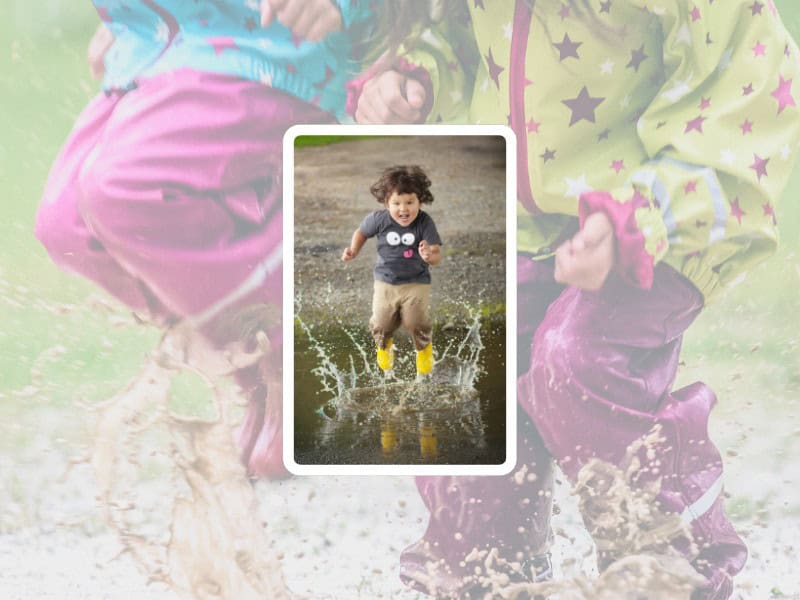
4. Birdwatching & Animal Tracking
Encourage kids to observe local wildlife by setting up a simple bird feeder or looking for animal tracks in the dirt after rain. Bring along a notebook to sketch what they see or take photos to identify different species at home.
5. Gardening & Planting Native Flowers
Even a small container garden on a windowsill can introduce children to the joys of growing plants. Let them dig in the dirt, plant seeds, and watch as their plants sprout and bloom. This hands-on activity fosters responsibility and an appreciation for the environment.
6. Climbing Trees
Encourage kids to climb trees to develop gross motor skills, balance, and confidence. Show them how to assess which branches are sturdy and teach safety tips. Climbing also provides a great view of their surroundings and strengthens their connection to nature.
7. Building a Fairy House or Bug Hotel
Use twigs, leaves, and bark to create small shelters for fairies or insects. Let kids design their own structures and observe how different bugs interact with their tiny homes. This sparks creativity while teaching about different habitats.
8. Cloud Watching and Storytelling
Lay on a blanket and gaze up at the sky, identifying different cloud shapes. Encourage kids to create stories based on what they see—maybe one cloud looks like a dragon and another like a castle. This activity boosts imagination and observational skills.

9. Rock Balancing and Stacking
Find smooth rocks and try stacking them to create small towers. This activity builds patience, focus, and hand-eye coordination. Kids can also observe how different shapes and sizes affect balance.
10. Nature Sound Walk
Take a quiet walk in a forest or park, listening for different natural sounds. Encourage kids to identify bird songs, rustling leaves, or running water. Bring a journal and write down what you hear to compare on future walks.
11. Make a Mud Kitchen
Set up an outdoor ‘kitchen’ with old pots, pans, and utensils. Let kids mix dirt, water, leaves, and other natural elements to create pretend meals. This sensory play builds creativity and fine motor skills.
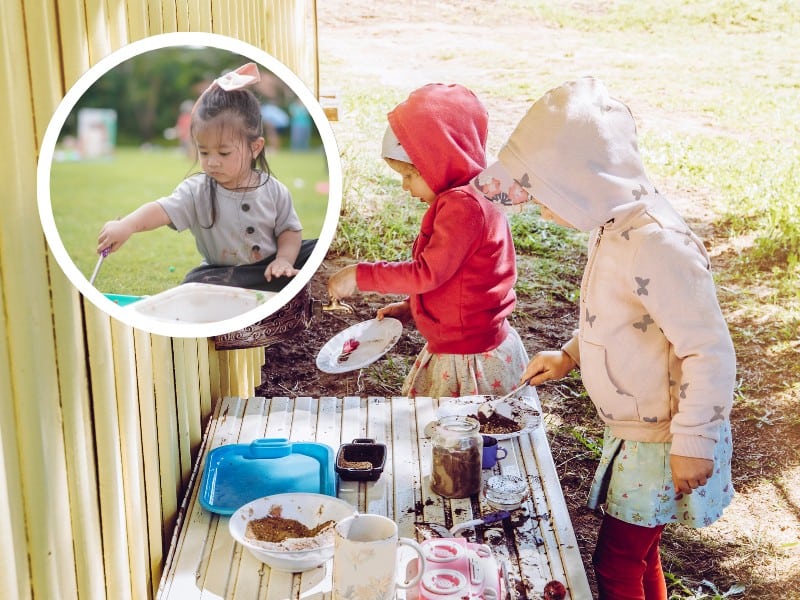
12. Nighttime Stargazing
Take a blanket outside on a clear night and look at the stars. Use a star chart or app to identify constellations and planets. This activity fosters curiosity about the universe and teaches basic astronomy.
13. Skipping Stones on a Pond
Find a calm body of water and teach kids how to skip stones. Count how many skips they can get and experiment with different rock shapes and sizes.
14. Catching and Releasing Insects
Use a bug jar to gently catch and observe insects like butterflies, beetles, or ladybugs. Discuss their role in the ecosystem before releasing them back into their habitat.
15. Leaf and Bark Rubbings
Press paper against tree bark or leaves and rub with crayons to make textured art. Compare patterns from different trees and discuss how bark protects them.
16. Fishing (Catch and Release)
If you have access to a pond or lake, introduce kids to fishing. Emphasize respecting nature by safely catching and releasing fish, and discuss the importance of healthy ecosystems.
17. Dandelion Wishes and Seed Blowing
Pick dandelions and blow the seeds into the wind while making wishes. This simple activity sparks joy and a connection to the changing seasons.
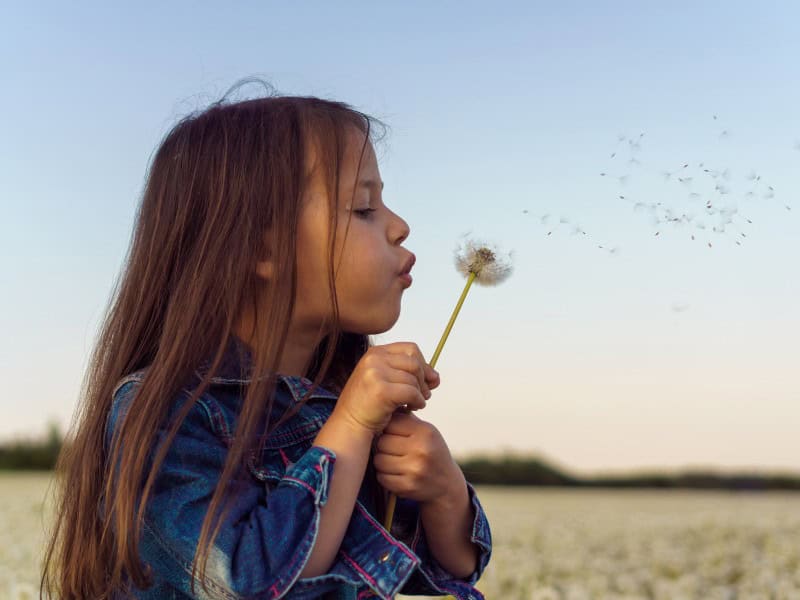
18. Hiking & Trail Exploration
Find a nature trail and take a hike together. Look for signs of wildlife, observe different plants, and collect interesting leaves or rocks along the way.
19. Floating Leaves and Sticks in a Stream
Drop leaves or small sticks into a stream and watch how the current moves them. Experiment with different objects to see which float and which sink.
20. Create a Nature Journal
Encourage kids to document their outdoor adventures with drawings, pressed leaves, or written observations. This helps develop writing and observation skills.
21. Shadow Tracking
Pick a sunny day and observe how shadows change position throughout the day. Use chalk to mark shadow changes.
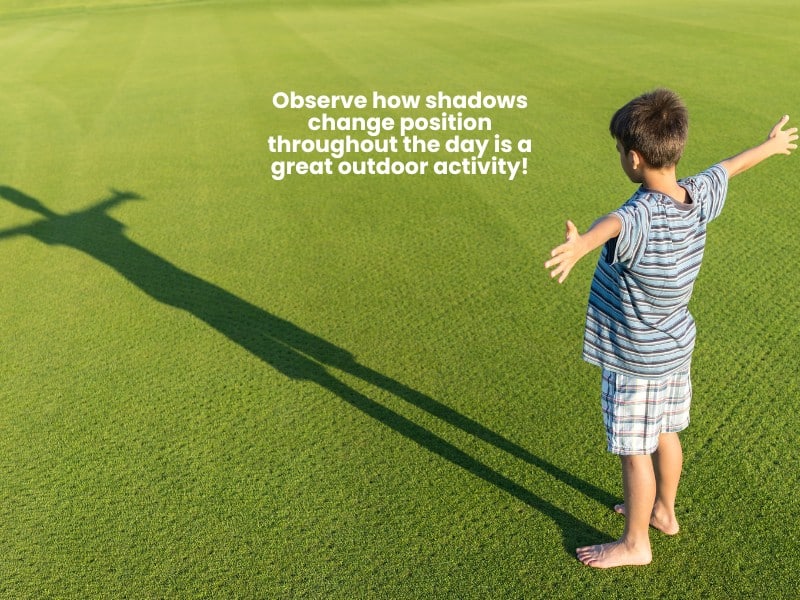
22. Outdoor Obstacle Course
Set up a course with logs, stones, and natural elements for kids to navigate and jump over.
23. Sunprint Art
Place objects like leaves and flowers on special sunprint paper to create unique natural artwork using sunlight.
24. Making Bird Calls
Try to mimic different bird sounds and listen for responses from real birds.
25. Nature-Themed Story Time
Bring a nature-themed book outside and read it under a tree or in a cozy outdoor spot.
The best nature activity is the one you do together. Whether you’re hiking, building a stick fort, or simply lying on a blanket looking at the clouds, the memories you create outside will last a lifetime. So step outside today and let nature do what it does best—spark curiosity, encourage movement, and bring families closer together.
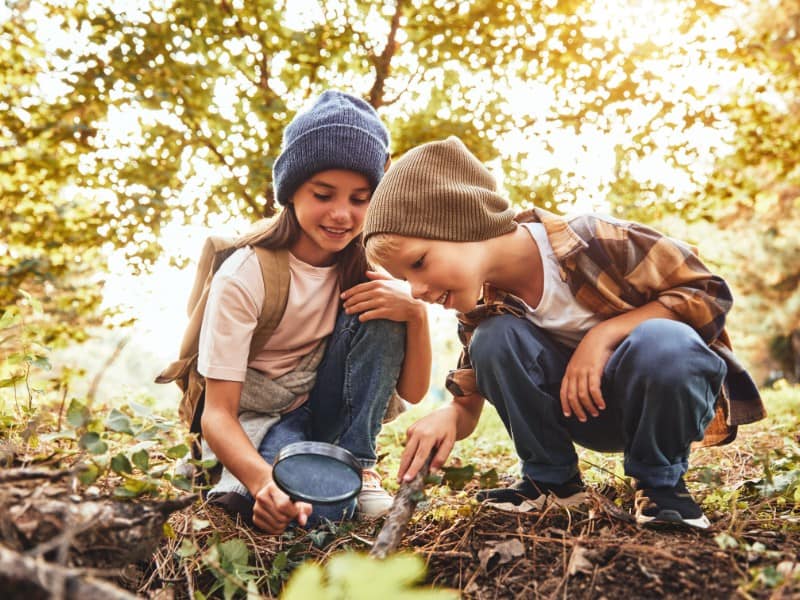
Inspired by this post? Be sure to subscribe download my free Screen-Free Starter Kit! For more insights and resources on raising confident, lifelong learners, be sure to follow me on Instagram – can't wait for you to join me!





